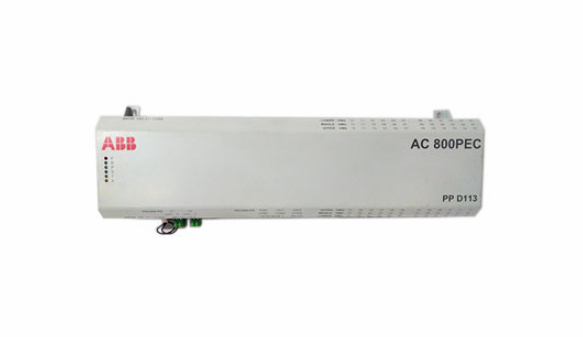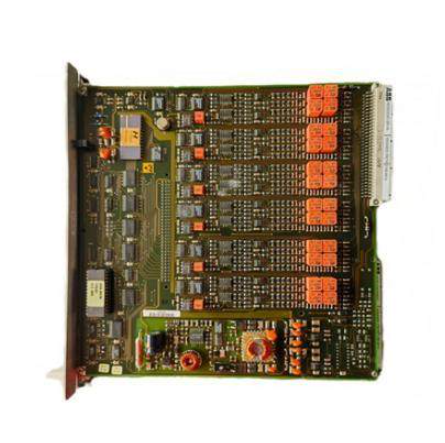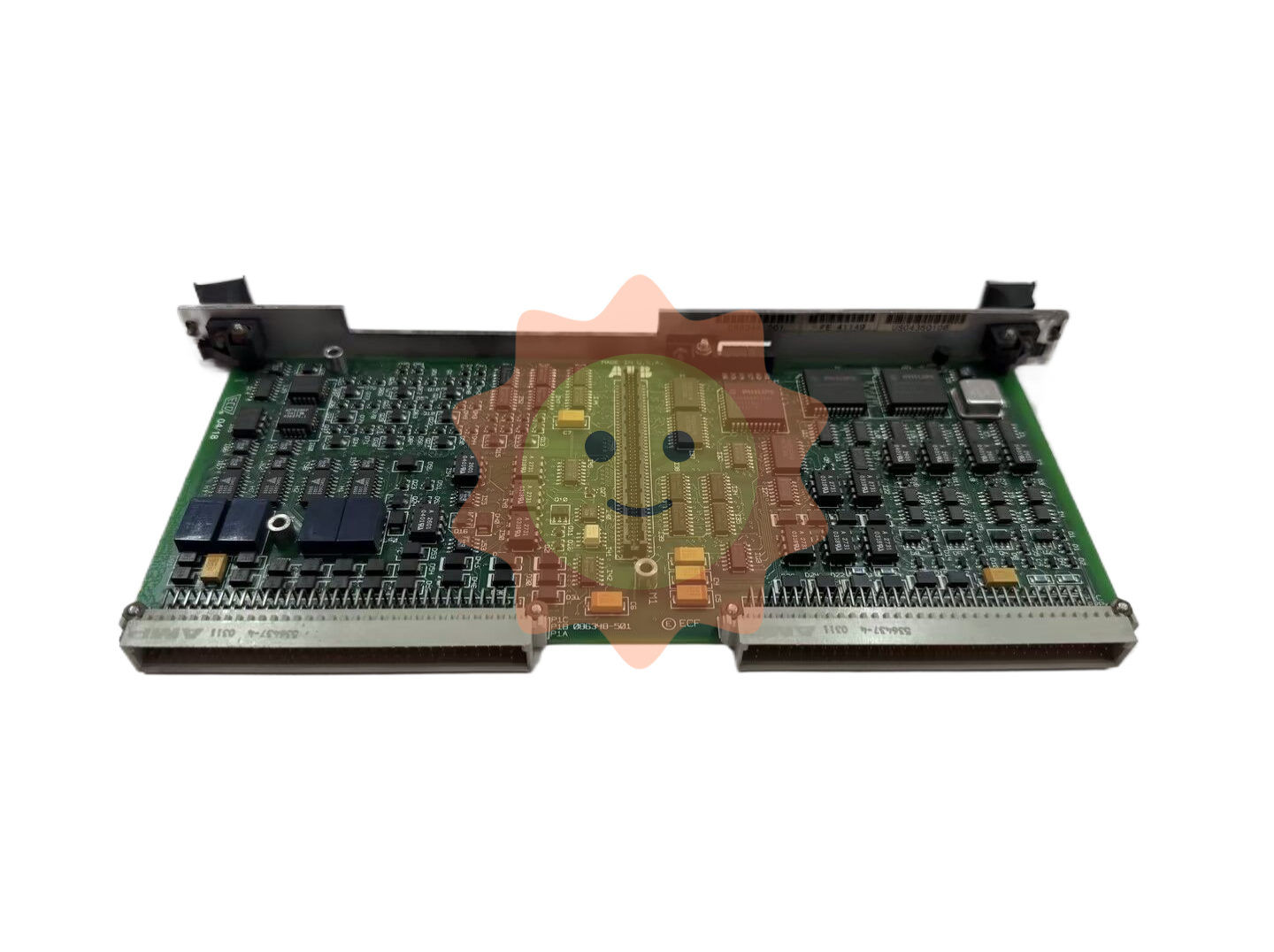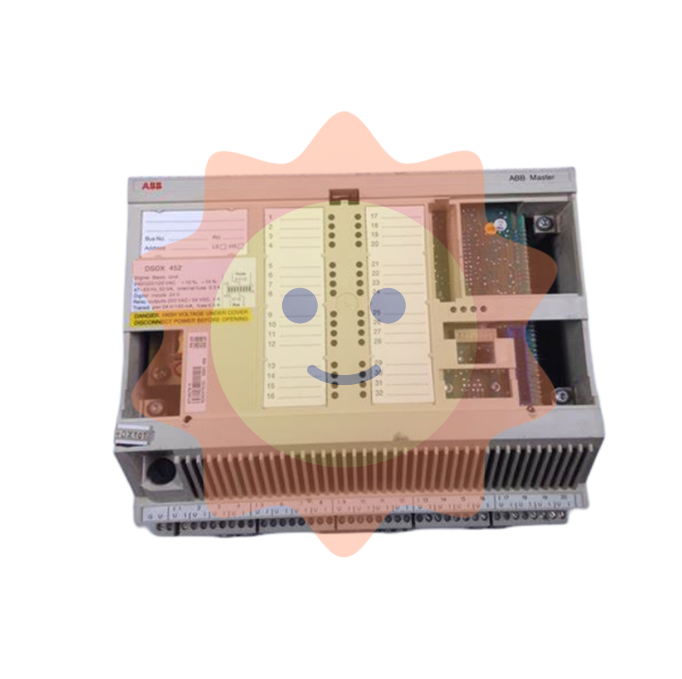The plastic industry to reduce pollution and carbon urgently need to increase the proportion of recycled plastics
Third, the lack of a sound plastic recycling system and infrastructure. China's plastic recycling has not yet built a systematic recycling system. Most places do not include plastic lunch boxes and disposable plastic packaging in the system of low-value recyclables in the garbage classification standards, and can only rely on local spontaneous and dispersed scavengers or individual businesses to recycle. Consumers have insufficient understanding of garbage classification and the recyclability of all plastics, and consumer participation in hard plastic packaging classification is not high. The construction of infrastructure such as recycling, sorting, transportation and utilization of renewable resources has not yet been included in the overall urban planning, resulting in an increase in the collection and transportation costs of recycling enterprises.

Fourth, the technical standardization of the whole industrial chain of recycled plastics needs to be improved. China's standardization of recycled plastics construction work needs to be improved, compared with the international unified high-quality recycled plastics (PCR) industry technical standards, China lacks a unified technical standard for recycled plastics and chain of custody, the lack of independent certification system. At the same time, there is also a lack of standard links between plastic recycling and front-end plastic production. Taking plastic lunch boxes as an example, there is no unified technical standard for the production of lunch boxes in China, and the large design differences cause the packaging space to occupy a large amount of space, resulting in low cleaning efficiency, and the mixing of different materials is not conducive to the high value utilization of recycled plastics.
Fifth, the original cycle cost of food-grade plastics is higher. According to the actual investigation of the recycled plastic production enterprises with the largest single-line production capacity in Asia, the main costs of the PET recycling process are: the cost of recycled bottles is 2000-4500 yuan/ton; The cost of the bottle is 5000-6000 yuan/ton; The production cost from bottle to particle is about 1000 yuan/ton; Particle purification and viscosification process is about 1500 yuan/ton; The cost of bottle sheet to recycled sheet is about 2000 yuan/ton. Combined with the above analysis, the cost of recycled chemical fiber grade bottles is about 5000-6000 yuan/ton; The cost of food-grade recycled particles is about 9000 yuan/ton; The cost of food-grade recycled sheet is also about 9000 yuan/ton. It can be seen that at this stage, compared with the use of primary materials, high-quality plastic primary recycling lacks cost advantages.
Policy suggestions for increasing the proportion of recycled plastics
Expanding the application of recycled plastics has become a top priority for China's plastic industry to reduce pollution and carbon, and should be laid out in advance to accelerate the expansion of the application scale of recycled plastics.
(1) Encourage the application of recycled plastics through policy guidance
With the goal of resource utilization and carbon reduction of waste plastics, we will strengthen the application of recycled plastics by enterprises through the formulation of policies and regulations, and gradually increase the requirements to expand the application proportion of recycled plastics in enterprise products. At the same time, enterprises are encouraged to take the initiative to increase the content of recycled plastics in product descriptions, and establish a relevant information disclosure system, regularly publish recycled plastics application data, perform the obligation to inform the competent authorities and the public, and accept their supervision.
(b) as soon as possible to develop the replacement list of recycled plastic pollutants and national standards
Carry out a survey of the level of recycled plastic pollutants in China, and systematically compare it with the level of pollutants in the United States and the European Union, and establish an alternative list of recycled plastic pollutants in China based on the survey results. Formulate green standards such as environmental protection evaluation of production equipment in the recycled plastics industry, cleaner production evaluation and recycling of recycled materials (such as rPET original recycling standard), and clarify standard requirements from raw materials, production process, product quality and other links, provide standard basis for enterprises and other implementation units, and increase public trust in recycled products. At the same time, accelerate the mutual recognition of domestic management standards and international institutions to promote product exports.

(3) The use of economic means to promote the high-quality development of plastic recycling enterprises
According to the characteristics of the recycled plastics industry, strengthen government procurement, tax incentives and other economic support. Effectively reduce the operation and management costs of enterprises, enhance their price competitive advantage, and expand the scale of the renewable resources industry. Through the establishment of special funds, social recognition and other ways to increase support for the development and production of recycled plastic products, circulation management and recycling facilities construction and other projects, to provide a strong guarantee for the further development of the industry.
- EMERSON
- Honeywell
- CTI
- Rolls-Royce
- General Electric
- Woodward
- Yaskawa
- xYCOM
- Motorola
- Siemens
- Rockwell
- ABB
- B&R
- HIMA
- Construction site
- electricity
- Automobile market
- PLC
- DCS
- Motor drivers
- VSD
- Implications
- cement
- CO2
- CEM
- methane
- Artificial intelligence
- Titanic
- Solar energy
- Hydrogen fuel cell
- Hydrogen and fuel cells
- Hydrogen and oxygen fuel cells
- tyre
- Chemical fiber
- dynamo
- corpuscle
- Pulp and paper
- printing
- fossil
- FANUC
- Food and beverage
- Life science
- Sewage treatment
- Personal care
- electricity
- boats
- infrastructure
- Automobile industry
- metallurgy
- Nuclear power generation
- Geothermal power generation
- Water and wastewater
- Infrastructure construction
- Mine hazard
- steel
- papermaking
- Natural gas industry
- Infrastructure construction
- Power and energy
- Rubber and plastic
- Renewable energy
- pharmacy
- mining
- Plastic industry
- Schneider
- Kongsberg
- NI
- Wind energy
- International petroleum
- International new energy network
- gas
- WATLOW
- ProSoft
- SEW
- wind
- ADVANCED
- Reliance
- YOKOGAWA
- TRICONEX
- FOXBORO
- METSO
- MAN
- Advantest
- ADVANCED
- ALSTOM
- Control Wave
- AB
- AMAT
- STUDER
- KONGSBERG
- MOTOROLA
- DANAHER MOTION
- Bently
- Galil
- EATON
- MOLEX
- Triconex
- DEIF
- B&W
- ZYGO
- Aerotech
- DANFOSS
- KOLLMORGEN
- Beijer
- Endress+Hauser
- MOOG
- KB
- Moxa
- Rexroth


Email:wang@kongjiangauto.com
























































































































